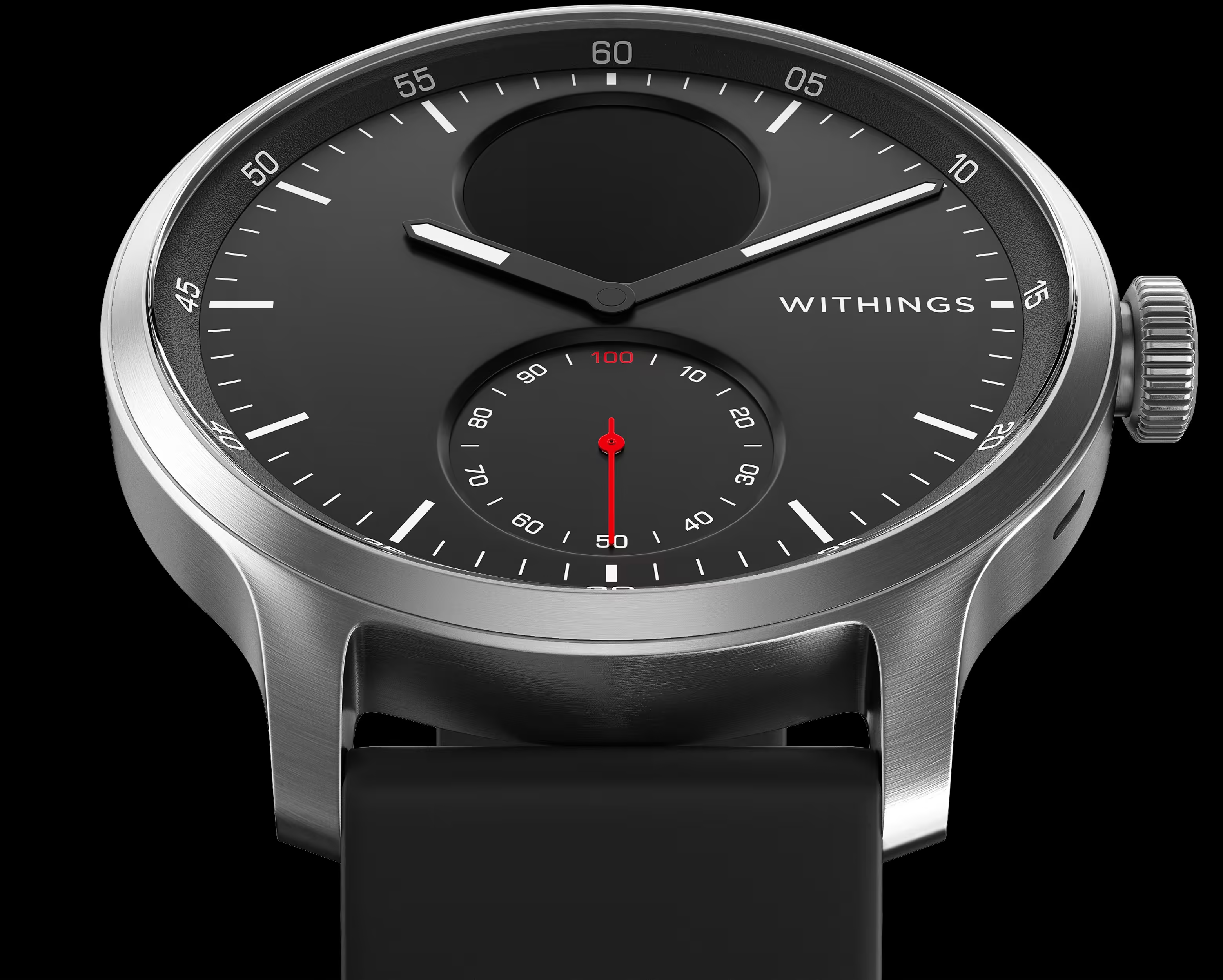Michele Women’s Belmore Chronoraph Diamond Embellished Bracelet Watch, 37mm – 0.34 ctw
Round-cut diamonds sparkle embellish the bezel of the elegant Belmore watch.
Round-cut diamonds sparkle embellish the bezel of the elegant Belmore watch.
- Style #: MWW29B000024
- Series: Belmore
- Style: Bracelet
- Gender: Women’s
- Case Material: Stainless steel
- Dial Color: White with subdials and date window
- Hands: Luminous silver-tone
- Markers: Round-cut diamonds
- Bracelet Material: Stainless steel
- Closure: Clasp
- Movement: Chronograph
- Crystal: Mineral
- Case Diameter: 37mm
- Water Resistance: 5 ATM
- Bezel: Embellished with round-cut diamonds
- Diamond Count: 78
- Battery
- Made in Switzerland






Reviews
There are no reviews yet.